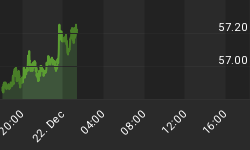The Ceridian-UCLA Pulse of Commerce Index tracks fuel purchases at 7000 truck stops around the country, and the idea is that the index will mirror industrial production providing a timelier snapshot into the state of the economy. The index was developed by the UCLA Anderson Center in conjunction with credit card processor Ceridian.
I want to thank TL for bringing this interesting data point to our attention. See the "Morning News Notes".
Figure 1 shows the Ceridian - UCLA Pulse of Commerce Index (blue line) v. industrial production (yellow line) going back to 2000; recessions are highlighted. The index relies on real time data and according to Ed Leamer, director of the Anderson forecast, "the interstates are the arteries of the system," and so credit-card swipes for fuel are a perfect insight into how much freight is moving and where.
Figure 1. Ceridian-UCLA Pulse of Commerce Index
With regards to the current value, Leamer stated: "Though the January 2010 number is disappointing, the index is 3.6 percent above its January 2009 level and is similar to year-over-year pre-recession values. The three-month moving average is 2.3 percent above the previous year's value, which is the first time that there has been a year-over-year increase since April 2008, 21 very difficult months ago." Furthermore, January's value "does not portend the kind of economic growth that can offer significant improvements in the labor market."
To read more about the Ceridian - UCLA Pulse of Commerce Index check out the following links:
Wall Street Journal
Forbes. Com
UCLAforecast.com for today's press release















